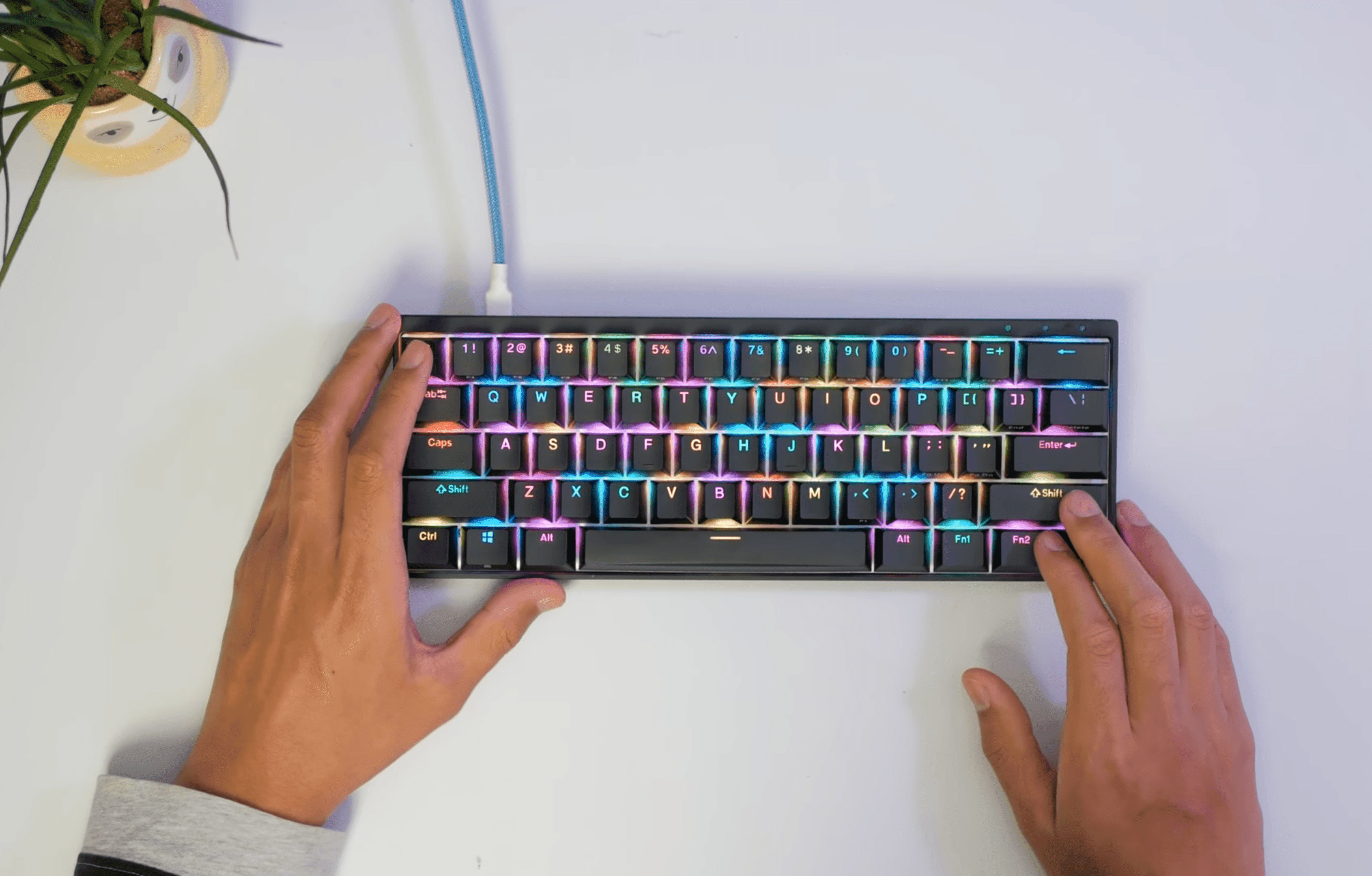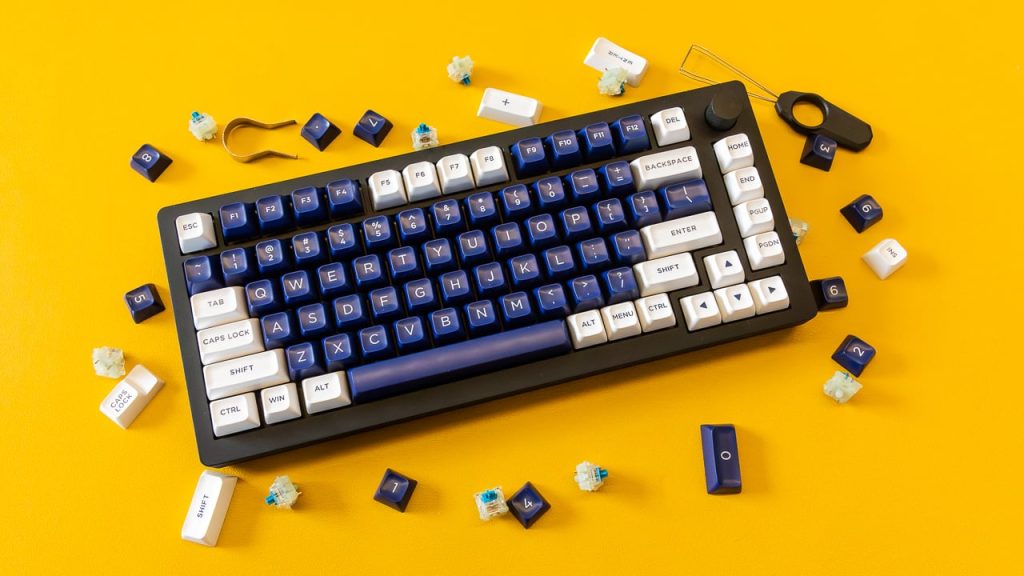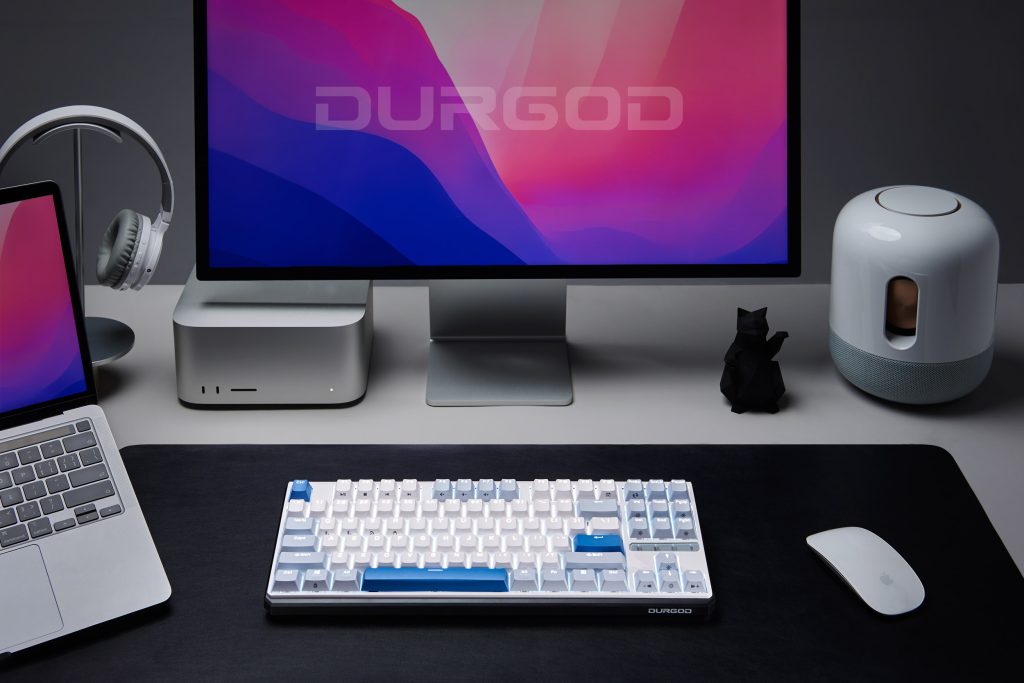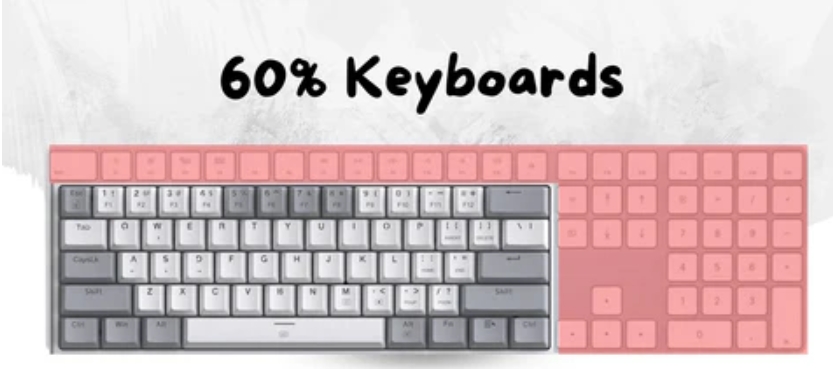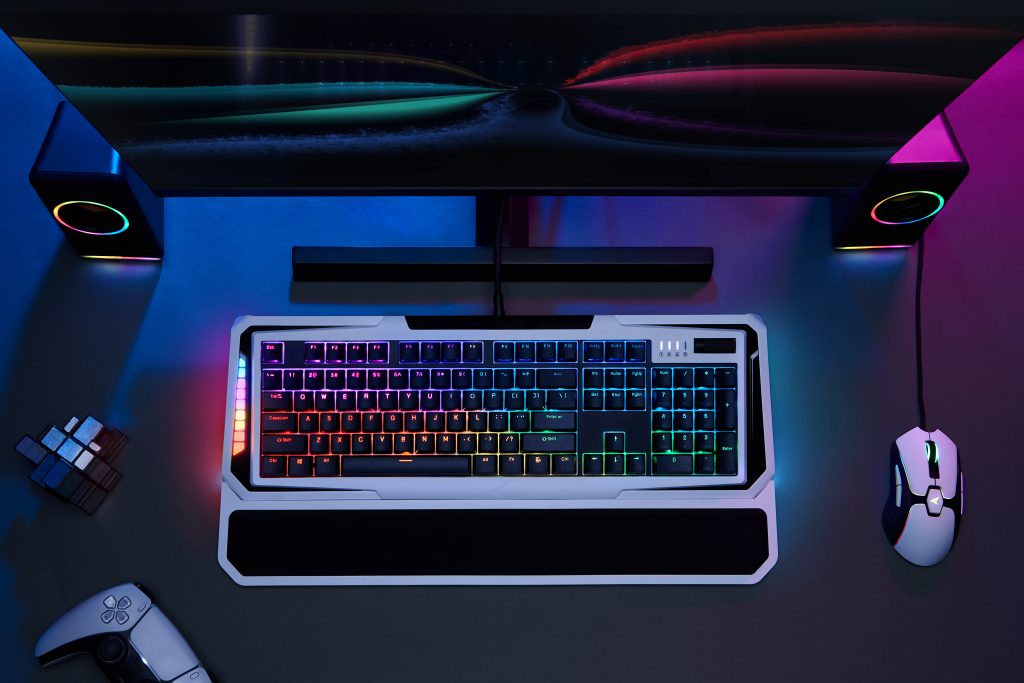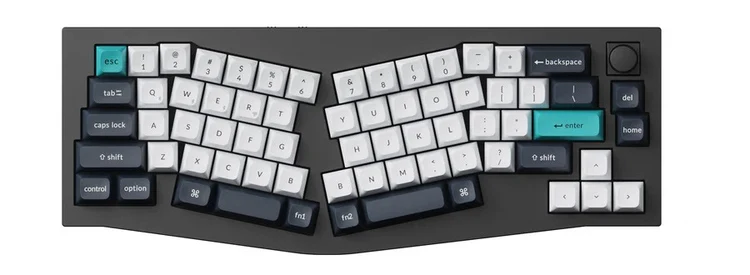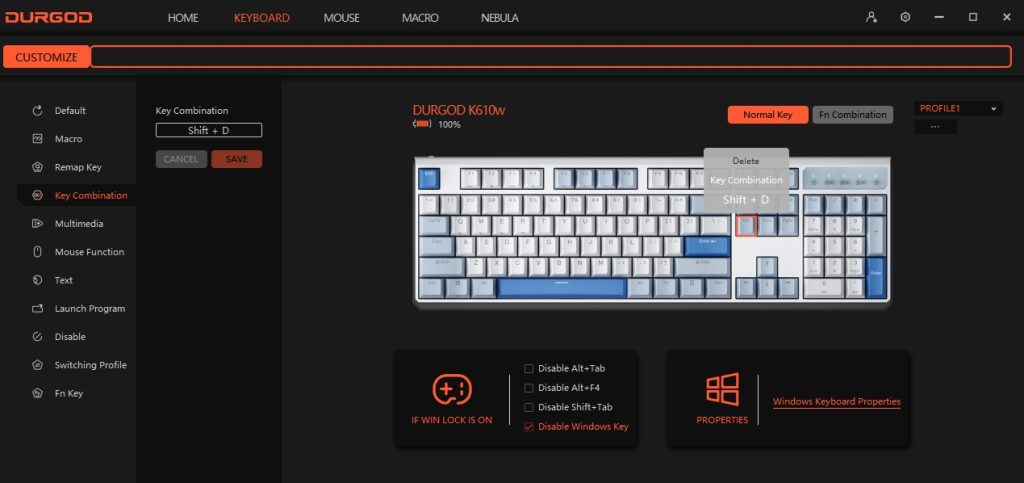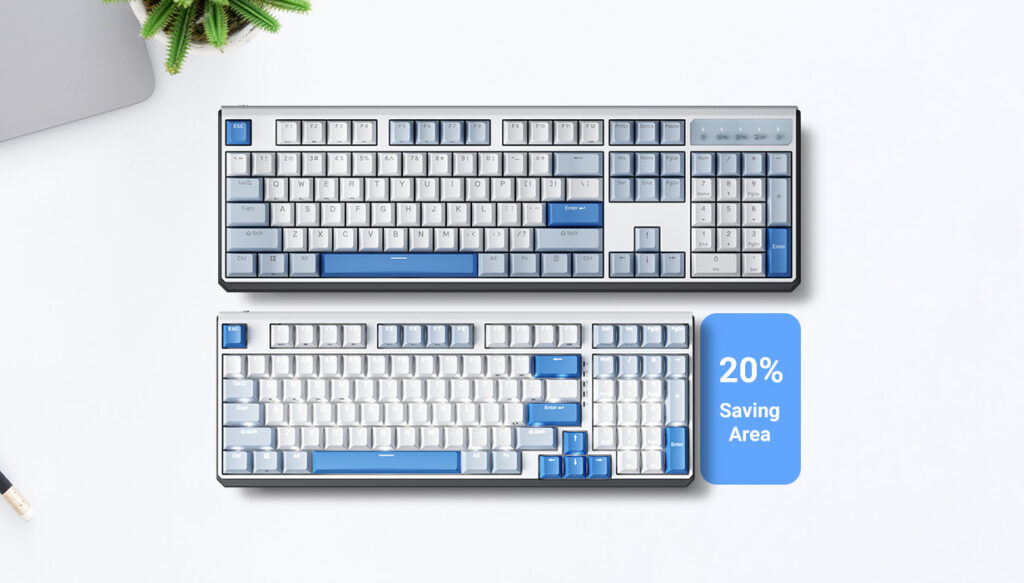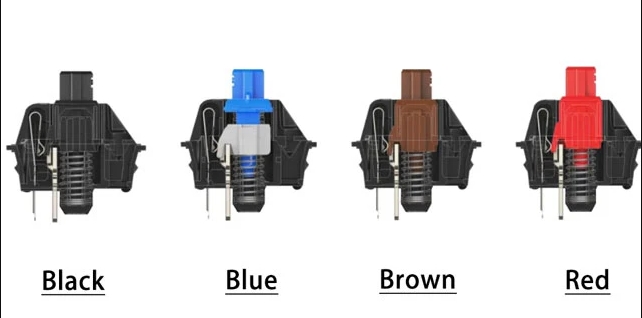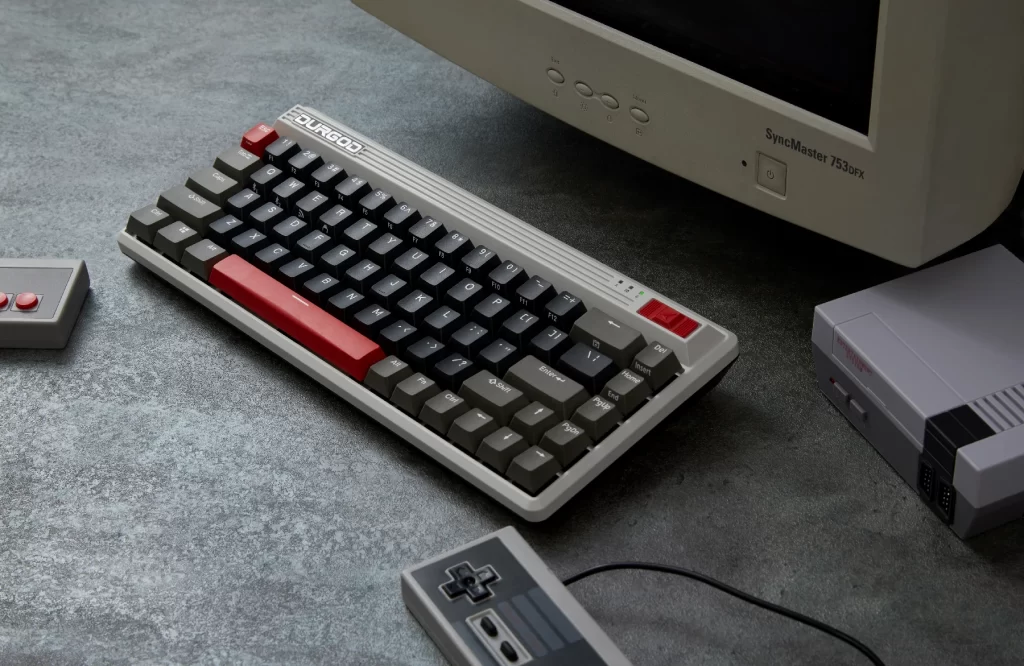The journey of creating the tri-mode aluminum keyboards is a testament to innovation’s challenges and triumphs. This article delves into the obstacles faced by developers in this arena, providing insights valuable to beginners, amateurs, and advanced users alike. By understanding these hurdles, we gain a deeper appreciation for the cutting-edge keyboards that enhance our daily computing experiences.
Technical Complexity and Integration
At the heart of tri-mode functionality lies technical complexity. Achieving seamless switching between wired, Bluetooth, and wireless (RF) connectivity requires intricate circuit design and software integration. Developers must ensure that the keyboard’s firmware supports all three modes without compromising performance or user experience. Additionally, maintaining a stable connection in wireless modes, particularly in environments with multiple devices, presents a significant challenge.
Material Constraints and Design
Aluminum, while durable and aesthetically pleasing, poses its own set of challenges. Machining aluminum to achieve the perfect balance between weight and structural integrity requires precision engineering. Moreover, the metal’s conductivity necessitates careful insulation of electronic components to prevent short circuits. The design process must also accommodate the internal space needed for tri-mode components, all while maintaining the sleek, minimalist profile that users expect from premium keyboards.
Power Management and Battery Life
Power efficiency is critical for the wireless functionality of tri-mode keyboards. Developers are tasked with optimizing battery life without increasing the keyboard’s size or weight. This involves selecting energy-efficient components and programming power-saving modes that activate during periods of inactivity. Balancing these considerations while ensuring a responsive and reliable user experience is a complex endeavor.
Market Expectations and Cost
Finally, market expectations significantly influence the development of tri-mode aluminum keyboards. Consumers demand high-quality materials, exceptional performance, and innovative features at competitive prices. Meeting these expectations while managing production costs requires strategic sourcing of materials, efficient manufacturing processes, and continuous innovation to improve functionality and reduce expenses.
In conclusion, the development of tri-mode aluminum keyboards embodies the challenges of blending technology with design and user expectations. Each obstacle, from technical integration to market demands, requires a thoughtful approach and innovative solutions. As the industry continues to evolve, these challenges inspire developers to push the boundaries of what’s possible, ensuring that the future of mechanical keyboards is as bright as it is versatile.
For more knowledge of mechanical keyboards, visit DURGOD



